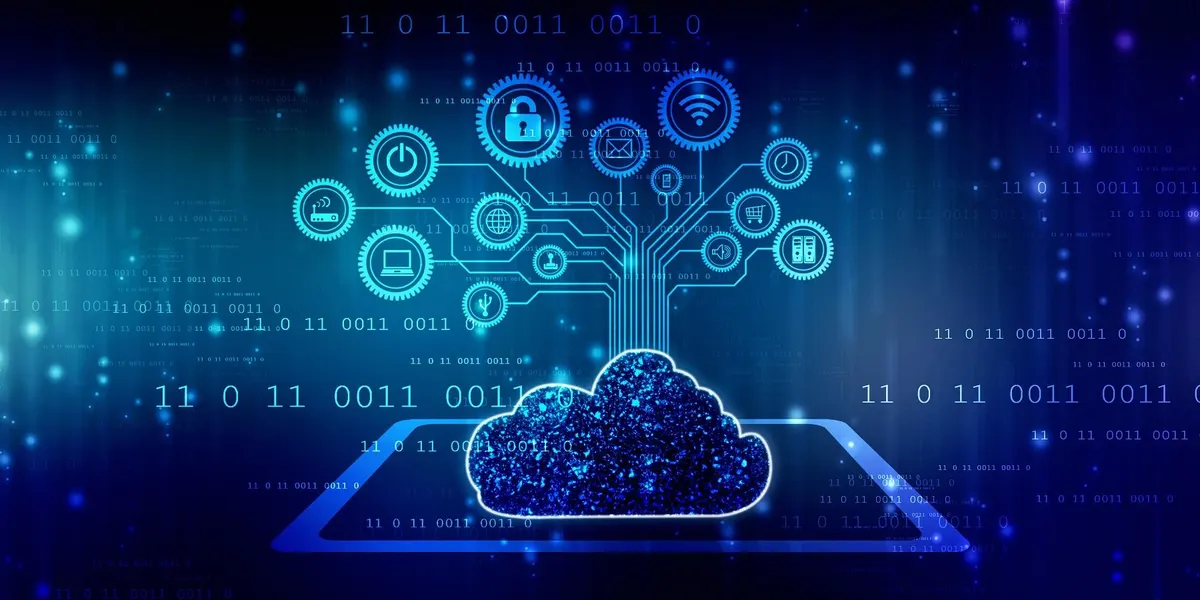Difference Between a Hybrid Cloud and an Edge Computing Network
In today’s rapidly evolving digital landscape, where data drives decision-making and connectivity is paramount, two terms that have gained immense significance are “hybrid cloud” and “edge computing network.” These concepts have revolutionized how businesses operate and handle data. Understanding the difference between a hybrid cloud and an edge computing network is crucial for harnessing their capabilities effectively. In this comprehensive guide, we will dissect these technologies, shedding light on their distinctive features, use cases, and advantages.
Hybrid Cloud: The Best of Both Worlds
Hybrid Cloud Defined
A hybrid cloud is a sophisticated computing environment that combines the strengths of both public and private clouds. In simpler terms, it’s like having a versatile toolbox with two compartments – one filled with public cloud resources, and the other with private cloud infrastructure.
Key Characteristics
- Scalability: A hallmark feature of a hybrid cloud is its scalability. Organizations can scale their computing resources up or down based on demand, ensuring optimal performance and cost-efficiency.
- Data Security: Private cloud components offer enhanced security, making it suitable for sensitive data and applications, while public cloud resources provide flexibility and cost savings.
- Seamless Integration: Hybrid clouds are designed for seamless integration between public and private components, allowing data and applications to flow smoothly between them.
- Use Cases: Businesses often opt for hybrid clouds when they need to strike a balance between security and scalability. Industries like healthcare, finance, and government rely on hybrid clouds to manage sensitive data effectively.
Edge Computing Network: The Decentralized Powerhouse
Edge Computing Network Defined
Edge computing is a distributed computing paradigm where data processing happens closer to the data source or “edge” rather than in a centralized cloud or data center. Think of it as processing data at the source, like a smartphone processing photos locally rather than sending them to a remote server.
Key Characteristics
- Low Latency: Edge computing reduces latency significantly by processing data closer to where it’s generated. This is crucial for applications requiring real-time responses, such as autonomous vehicles and IoT devices.
- Bandwidth Efficiency: By processing data locally, edge computing minimizes the need for constant data transmission to a central cloud, saving bandwidth and reducing network congestion.
- Resilience: Edge computing networks are resilient because they continue to function even if the central cloud connection is lost. This is vital for critical applications like industrial automation.
- Use Cases: Edge computing finds applications in scenarios where immediate data processing is essential. It powers IoT devices, remote monitoring, and even augmented reality experiences.
Comparing the Two
Now that we’ve defined both hybrid clouds and edge computing networks let’s delve into a comparative analysis to highlight their differences:
| Aspect | Hybrid Cloud | Edge Computing Network |
|---|---|---|
| Data Processing Location | Centralized (Cloud) | Decentralized (Edge) |
| Latency | Moderate to High | Low |
| Bandwidth Usage | High | Low |
| Resilience | Dependent on Cloud Connectivity | High, Even with Limited Connectivity |
| Use Cases | Versatile, Balance of Security and Scalability | Real-time Processing, IoT, Edge Devices |
FAQs (Frequently Asked Questions)
Q: Can a hybrid cloud be entirely private?
A: Yes, a hybrid cloud can consist entirely of private cloud infrastructure. It depends on the organization’s needs and the level of control and security required.
Q: What is the main advantage of edge computing over traditional cloud computing?
A: The primary advantage of edge computing is its ability to minimize latency, making it ideal for applications that require real-time data processing and responses.
Q: Are hybrid clouds cost-effective?
A: Hybrid clouds can be cost-effective when used strategically. They allow organizations to balance cost savings with data security and scalability.
Q: Do edge computing networks replace traditional data centers?
A: Edge computing networks don’t replace traditional data centers but complement them. They handle specific tasks that require low latency and real-time processing.
Q: Can I use both hybrid clouds and edge computing in my organization?
A: Absolutely. Many organizations use a combination of both to leverage the advantages of each technology in different aspects of their operations.
Q: Are there any security concerns with edge computing?
A: Security concerns with edge computing mainly revolve around securing multiple edge devices. Proper security measures and encryption protocols are essential to mitigate these risks.
Conclusion
In the ever-expanding realm of cloud and computing technologies, understanding the difference between a hybrid cloud and an edge computing network is paramount. Both offer unique advantages and cater to distinct use cases. While hybrid clouds provide versatility and a balance between security and scalability, edge computing networks excel in minimizing latency and enabling real-time processing.
As businesses continue to evolve, the integration of these technologies will play a pivotal role in shaping the digital landscape. By harnessing the power of hybrid clouds and edge computing networks, organizations can stay ahead in an increasingly competitive and data-driven world.
READ MORE: What is the Scope of SAP Security after Getting Certified?





